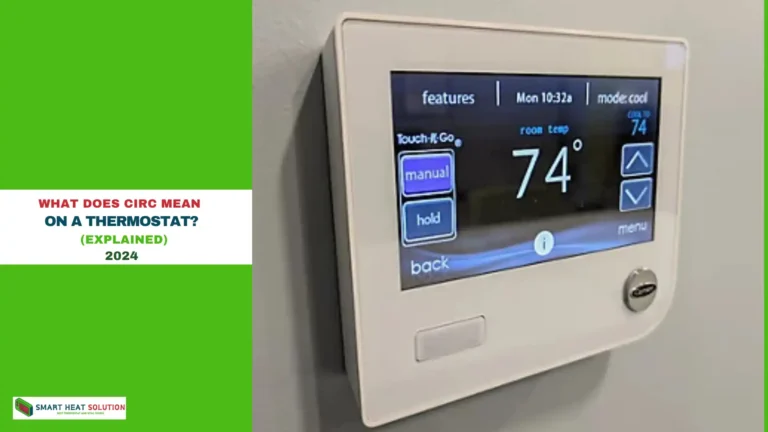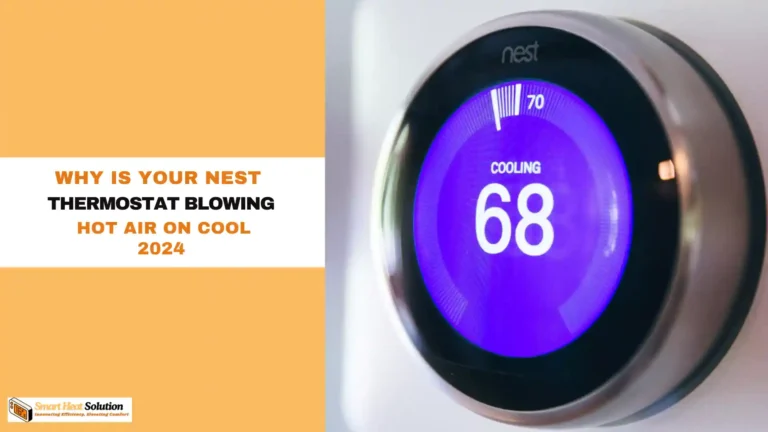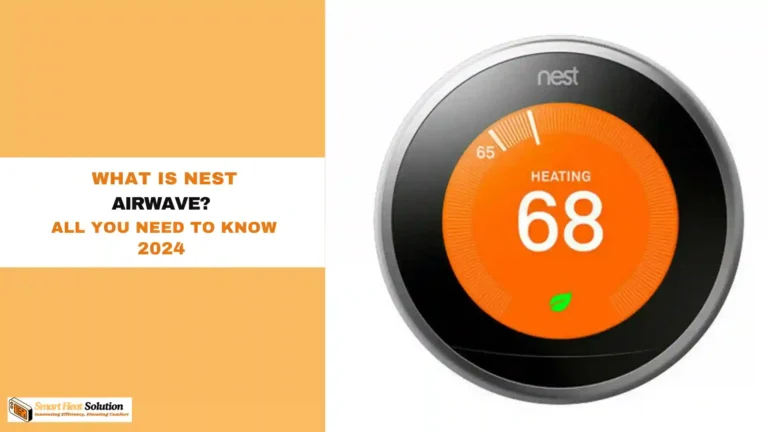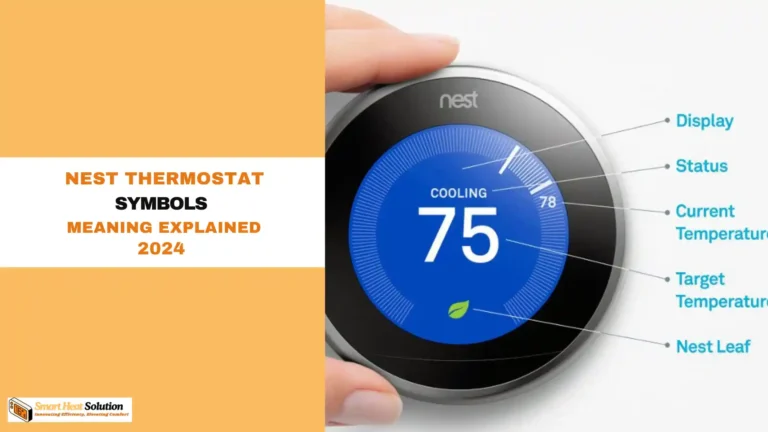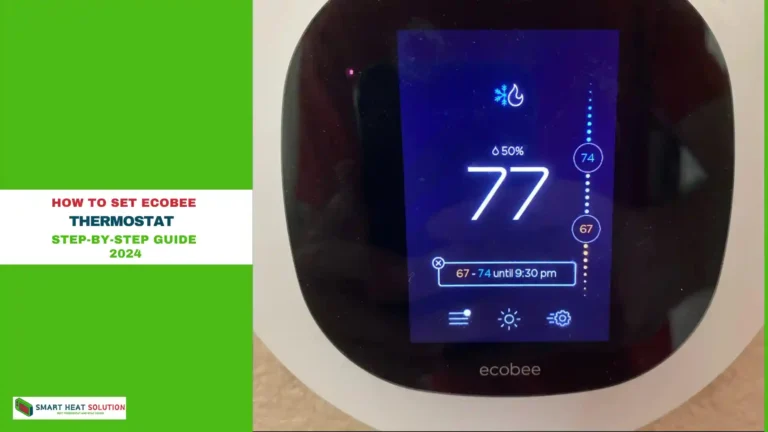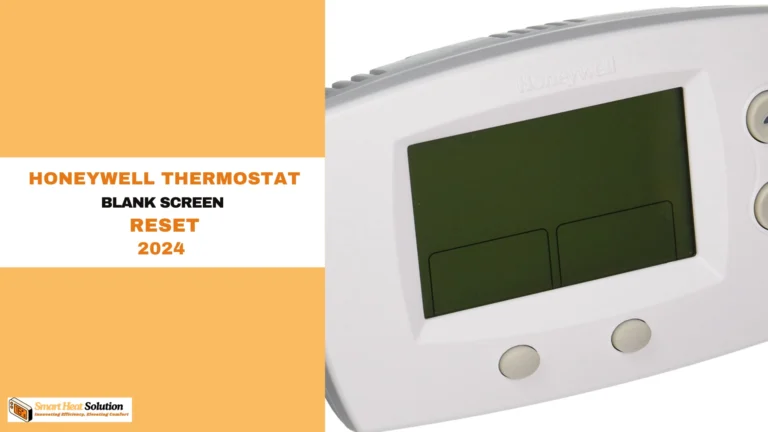What Should the Air Temperature Be When Coming Out of Vents for Heating and Cooling?
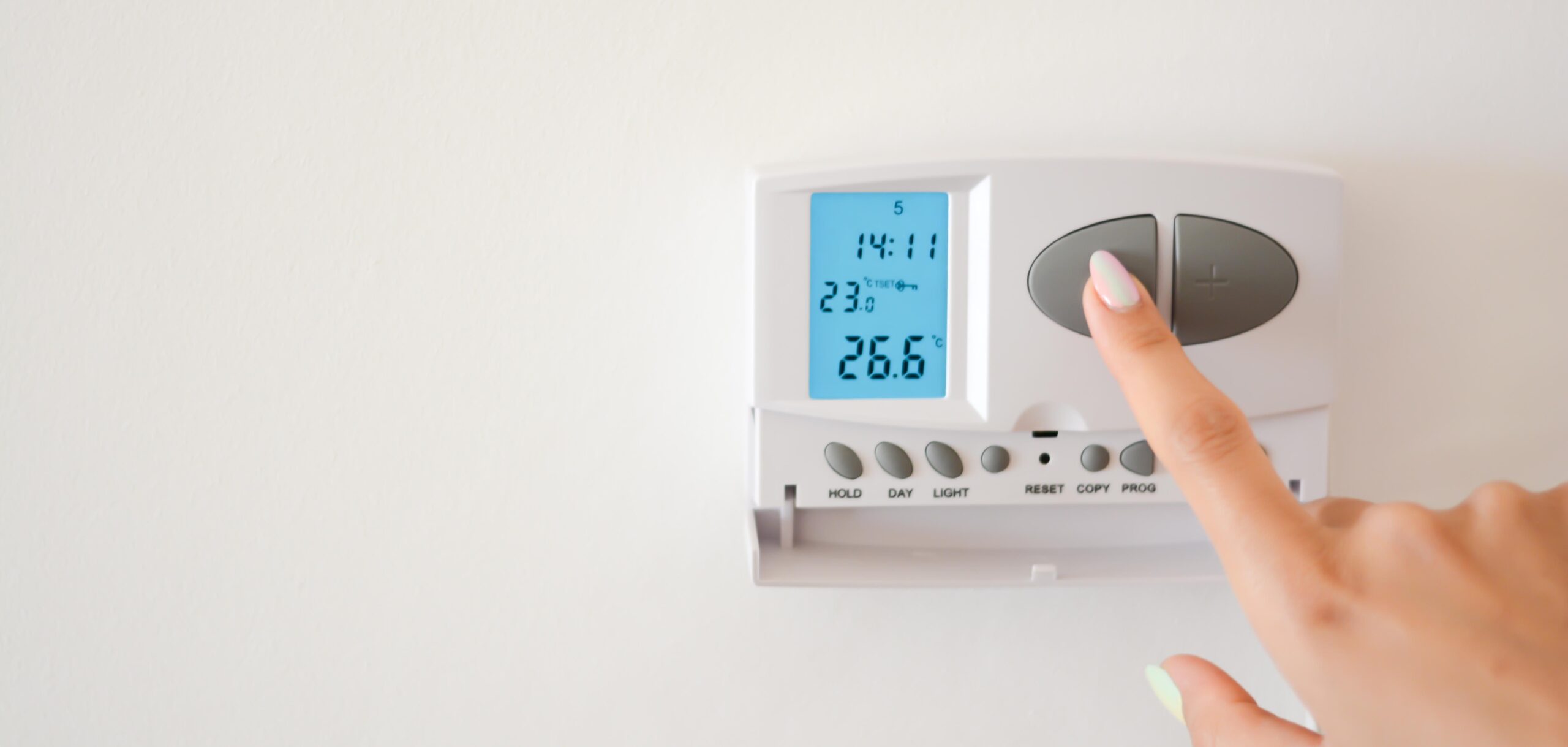

When it comes to maintaining a comfortable home environment, the temperature of the air coming out of your vents plays a crucial role.
Have you ever wondered what the ideal temperature should be for both heating and cooling?
Understanding this can not only enhance your comfort but also improve energy efficiency and reduce utility bills.
According to the U.S. Department of Energy, setting your thermostat to 68°F while you’re awake and lowering it while you’re asleep or away from home can save up to 10% a year on heating and cooling costs.
In this article, I’ll walk you through the optimal air temperatures for both heating and cooling systems, helping you achieve the perfect balance between comfort and efficiency.
Cooling Mode:
When it’s scorching outside, your AC becomes your best friend.
But how cold should that air really be?
Ideal cooling vent temperature: 15-20°F below room temperature
So if your thermostat’s set to 75°F, expect around 55-60°F from the vents.
That delta T (temperature difference) is crucial for efficiency.
Too warm? Your AC might be struggling.
Too cold? You could be wasting energy.
Heating Mode:
Winter rolls around, and now we’re talking furnaces and heat pumps.
Ideal heating vent temperature: 90-115°F
Sounds toasty, right?
It needs to be to warm up your space effectively.
Heat pumps might run a bit cooler, around 85-95°F.
That’s because they work differently than traditional furnaces.
Factors That Mess With Your Vent Temp
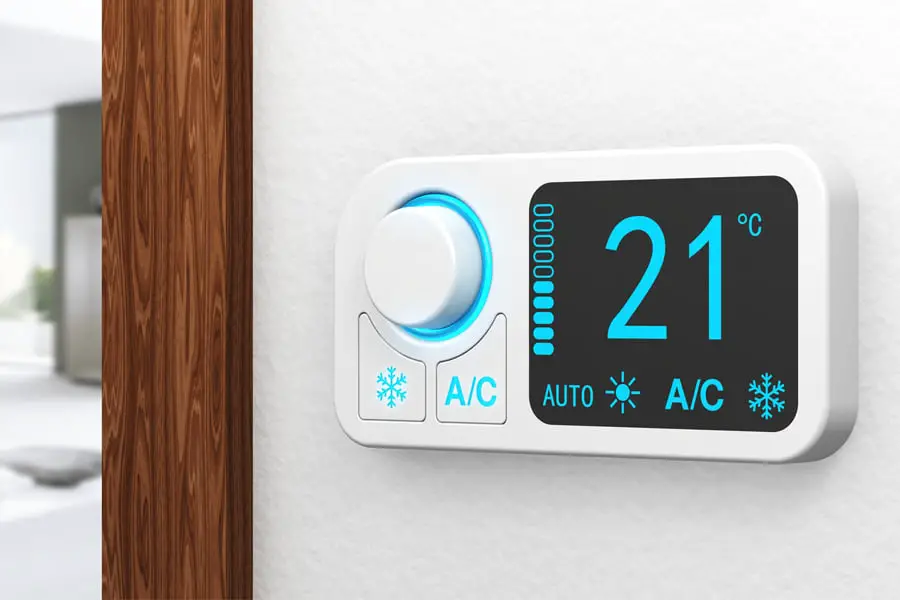
Your HVAC system isn’t working in a vacuum.
Several things can impact that air temperature:
- Outside temperature: Extreme weather puts extra strain on your system
- Thermostat settings: Set it too low or high, and your vents compensate
- System efficiency: An old or poorly maintained unit struggles to hit ideal temps
- Ductwork issues: Leaks or poor insulation can affect air temperature
DIY Vent Temp Check
Want to play HVAC detective?
Here’s how to measure your vent temp like a pro:
- Grab a thermometer (digital works best)
- Let your system run for 15 minutes
- Hold the thermometer about 2 inches from the vent
- Wait for the reading to stabilize
- Compare to the ideal ranges we talked about
When Temps Go Rogue
If your vents are blowing air at weird temperatures, don’t panic.
Common culprits include:
- Low refrigerant (for AC)
- Dirty air filters
- Blocked vents or returns
- Thermostat issues
- Undersized system for your space
Simple fixes like changing filters can make a big difference.
But if you’re way off the mark, it might be time to call in an HVAC pro.
Energy Efficiency: The Vent Temp Connection
Getting your vent temps right isn’t just about comfort.
It’s about saving cash on your energy bills too.
Optimal vent temperatures lead to:
- Less system strain
- Shorter run times
- Better humidity control
- Improved overall efficiency
Your SEER (Seasonal Energy Efficiency Ratio) rating depends on it.
The Comfort Zone Sweet Spot
Remember, the goal isn’t just hitting a number.
It’s about creating a comfortable living space.
Proper vent temperatures help maintain consistent indoor temps.
They also play a role in humidity control, which is huge for comfort.
Zoning: Temp Control on Steroids

Got a multi-story home or rooms that never seem right?
Zoning systems can be a game-changer.
They allow for different vent temperatures in different areas.
It’s like having multiple mini-systems in one.
Indoor Air Quality Bonus
Correct vent temps don’t just affect comfort and efficiency.
They play a role in your home’s air quality too.
Proper airflow helps filter out pollutants and maintain healthy humidity levels.
It’s a win-win for your lungs and your energy bill.
The “My Room Is Always Hot” Problem
Ever had that one room that’s a sauna no matter what?
It’s a common issue, and vent temperature plays a big role.
Possible culprits:
- Blocked vents
- Poor insulation
- Uneven air distribution
Solution? Start by checking your vent temps in that room.
If they’re way off, you might need some ductwork tweaks.
Or consider a zoning system to target that trouble spot.
The Frozen AC Nightmare
Picture this: It’s 95°F outside, and your AC is spitting ice.
Sounds crazy, but it happens.
When your vents are blowing air that’s too cold (below 50°F), ice can form.
This usually means low refrigerant or restricted airflow.
Either way, it’s time to call in the HVAC cavalry.
The “Why Is My Heat Pump Blowing Cold Air?” Panic
Heat pumps can be tricky beasts.
Sometimes they blow air that feels cool, even in heating mode.
Here’s the deal: Heat pump air is often cooler than furnace air.
As long as it’s above 85°F, you’re probably good.
But if it’s actually cold? Could be a reversing valve issue.
The Humidity Factor
Vent temperature isn’t just about heat or cold.
It’s about moisture too.
In cooling mode, your AC should dehumidify as it cools.
If your home feels clammy, check those vent temps.
Too high, and you’re not dehumidifying enough.
Too low, and you might over-cool without removing enough moisture.
The Energy Bill Shocker
Opened your energy bill and nearly fainted?
Your vent temperatures might be the culprit.
If they’re way off the mark, your system’s working overtime.
That means higher bills and shorter system life.
Investing in a smart thermostat can help you track and optimize.
The “Do I Need a New System?” Question
HVAC systems don’t last forever.
If you’re constantly battling vent temperature issues, it might be time for an upgrade.
Modern systems are way more efficient.
They maintain proper vent temps with less effort.
Plus, features like variable-speed blowers offer better temperature control.
The Seasonal Transition Dance
Spring and fall can be tricky for HVAC systems.
One day you need heat, the next you need AC.
Pay extra attention to vent temps during these times.
Your system might need some help transitioning between modes.
A professional tune-up can ensure you’re ready for the season ahead.
The DIY Maintenance Checklist
Want to keep those vent temps on point?
Here’s your quick-and-dirty maintenance list:
- Change filters monthly
- Keep vents and returns clear
- Clean condenser coils yearly
- Check for duct leaks
- Schedule pro maintenance annually
Small steps, big impact on vent temperature consistency.
The “Is My Thermostat Lying to Me?” Suspicion
Ever feel like your thermostat and vents aren’t on speaking terms?
It happens more than you’d think.
Thermostat location is key for accurate readings.
If it’s in a hot or cold spot, it’ll throw off your whole system.
Result? Wonky vent temperatures that don’t match what you set.
The Ductwork Detective Work
Sometimes the problem isn’t your HVAC unit at all.
It’s the highway system for your heated and cooled air: your ducts.
Leaky or poorly insulated ducts can mess with vent temperatures big time.
Up to 30% of your air can escape before it hits the vents.
That’s why duct sealing and insulation are game-changers for consistent temps.
The Multi-Story Temp Challenge
Got more than one floor?
Temperature stratification is real.
Hot air rises, making upper floors warmer.
This affects the perceived temperature coming from your vents.
Zoning systems or duct dampers can help balance things out.
The “Open Window” Effect
It sounds obvious, but you’d be surprised.
Open windows mess with your vent temperatures more than you think.
They create pressure imbalances that affect airflow.
So if your vent temps seem off, check for sneaky open windows first.
The Humidity Control Hack
In humid climates, vent temperature alone doesn’t cut it.
You need to think about moisture removal too.
Some pros swear by setting the fan to “Auto” instead of “On”.
This allows condensation to drip off the coils between cycles.
Result? Better humidity control and more consistent vent temperatures.
Remember, knowing what temperature air should be when coming out of vents [heating & cooling] is key to HVAC mastery.
The Takeaway
Understanding what temperature air should be when coming out of vents [heating & cooling] is key to a happy home.
It’s not just about comfort – it’s about efficiency, savings, and even health.
Keep an eye on those vent temps, and your HVAC system will thank you.

I’m Alan William’s, the founder of SmartHeatSolution.com. I am from California, USA, I’m passionate about innovative heating technologies and their impact on our homes and businesses. With a background in electrican and home repair , I aim to make smart, energy-efficient heating accessible to everyone. When I’m not writing, I’m likely interested in all the thermostat brands and their new technnology. Thanks for stopping by!

